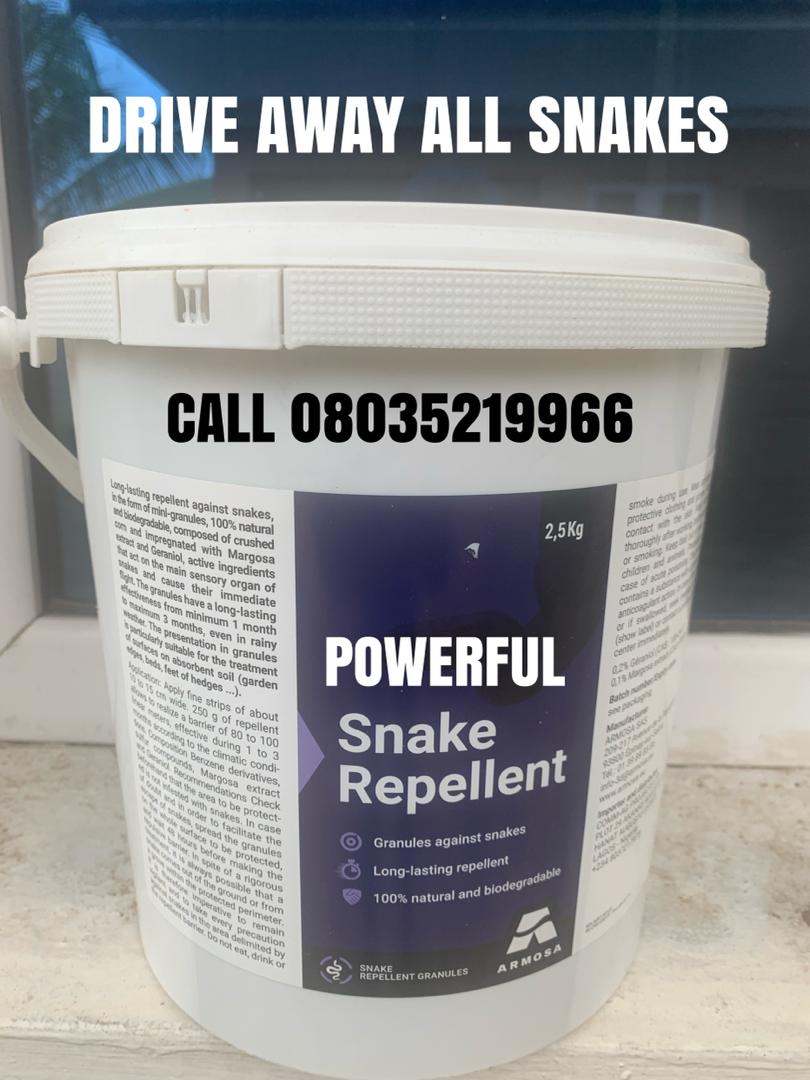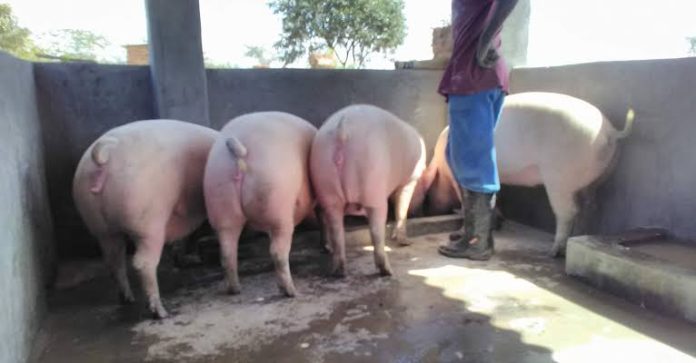 GET THIS NOW: AUTOMATED INCOME MACHINE
GET THIS NOW: AUTOMATED INCOME MACHINE
Five keys for achieving safe compound feed in pig production
1. Know your raw materials and suppliers
Raw materials represent a significant entry route for pathogenic microorganisms and toxins into the feed mill and consequently into the feed. This is why we must understand their composition, how they degrade, the correct way to store them, the potential undesired chemical reactions they could have with other ingredients, their origin, etc. Once all these points have been considered, we must establish critical control points for each raw material to ensure their safety and quality, not only when they enter the feed mill, but throughout their entire storage.
 Learn More
Learn More
At the same time, the purchase of raw materials is related to price in most cases in the industry. However, it is essential that within the cost analysis we know and evaluate the suppliers. Establishing a trusting relationship with them will help reduce risks and resources in quality controls.
2. Know the critical control points of the feed mill
Each feed mill and each production system has critical points that can increase the risk of feed contamination, such as cross-contamination in production lines, spots where the product accumulates or that are difficult to access for cleaning, losses in transport, silos that are in poor condition, presence of pests, and damaged infrastructure, to name a few.
An example of a critical point for safety in feed mills is the accumulation of dust in storage silos, where without a proper cleaning and disinfection program, microorganisms and pests such as weevils proliferate.
Identifying each of these points allows us to establish control strategies both in the production line and in the feed, to plan cleaning/disinfection, as well as corrective and preventive maintenance plans. In addition, it helps prioritize resources and efforts to where the critical state is higher.
READ ALSO 8 Reasons Pigs Eat Their Own Piglets
3. Follow good practice standards
Every feed mill’s production system must have a work methodology where all processes are standardized and have protocols, with a specific order, critical point controls, records, traceability, etc. This is the only way to guarantee the safety and quality of the products, as well as to make the
Purchase this compelling ebook instantly. 
 21 most important poultry diseases with prevention, control & treatment
21 most important poultry diseases with prevention, control & treatment
processes more efficient, consequently minimizing failures and improving the overall profitability of the business.

A very useful tool to control the production process in feed mills is to work under the Good Manufacturing Practices (GMP) standards. These were developed by the Codex Alimentarius and comprise practices aimed at preventing and controlling product safety hazards associated with all stages of the production chain (FAO). GMP principles serve as a guide and help in establishing work procedures that seek to reduce feed safety risks.
READ ALSO Why are my Pigs Foaming and Frothing at the Mouth: Reasons and Solutions (Two)
4. Ensure that feedstuffs are safe
If we follow the points described above, we already have the raw materials and suppliers under control, the critical points of the plant, and the processes. What remains then is to verify that the feed produced complies with the safety standards.
To do this, it is essential to carry out quality control to ensure low levels of microbiological contaminants, toxins of interest such as mycotoxins, dioxins, and chemical compounds such as heavy metals, pesticides, and peroxides.
Invest in this knowledge-packed ebook promptly.  20 questions to ask your poultry farm manager everyday
20 questions to ask your poultry farm manager everyday
For example, regarding peroxide levels, it has been shown that sows receiving feed containing oxidized soybean oil produce milk with increased levels of proinflammatory factors, and in turn, the milk has a decreased antioxidant effect. According to Gao et. al., 2022, this occurs due to increased plasma levels of proinflammatory factors in sows, which leads to increased levels of the same factors in piglets consuming this milk.
5. Establish a culture of feed safety
Most of the industries that produce compound feed or farms with their own feed mills work with management systems and keep in mind the four key points mentioned above. However, the human factor is often underestimated and it is forgotten that many of the failures in product safety and quality are due to human error.
ATTENTION: Click “HERE” to join our WhatsApp group and receive More updates directly on your WhatsApp!
Safety is more than just a work methodology or quality control; it is also about the culture of the company. When management considers safety as an added value to its product, safety assurance will be a priority in the organization. The Global Food Safety Initiative (GFSI) defines food safety culture as “the shared values, beliefs, and norms that affect mindset and behavior toward food safety in, across, and throughout an organization”. In other words, it boils down to how personnel think, approach, and perform their roles.
To establish a safety culture, it is essential that each person feels involved in the production process and is clear about his or her role and the positive and negative consequences of proper fulfillment of his or her tasks. In addition, it is essential to have a good working environment.
Conclusion
Producing safe, quality feed requires effort and economic resources; however, the gains obtained from optimizing processes, and minimizing errors and waste in the feed mill are even greater along with guaranteeing customer satisfaction and confidence.















